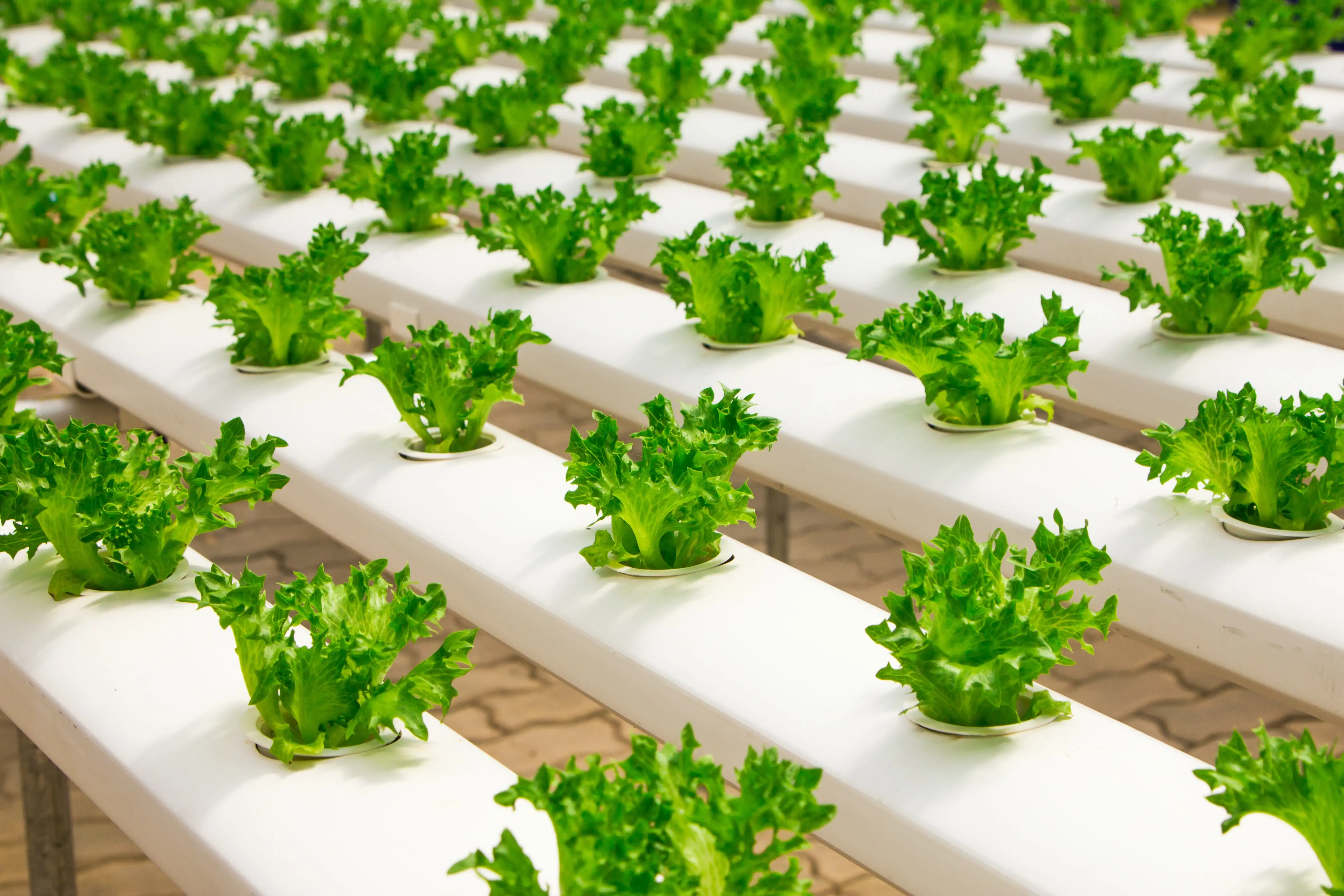
Greening Ammonia Production: There are No Silver Bullets in Systems Transformation
Background
What is Ammonia? What is Green Ammonia?
Nitrogen (N) is essential for the growth of living organisms, including plants. It is widely available in the atmosphere but primarily in a form difficult for living organisms to absorb and use. Atmospheric nitrogen can be transformed naturally by specific microbes through the nitrogen cycle. In the early 20th century, the scientists Haber and Bosch figured out how to turn atmospheric nitrogen into ammonia through a manufacturing process. Ammonia (NH3) is an inorganic compound of hydrogen and nitrogen in a 3:1 ratio. The resulting combustible compound has a high nitrogen content, which can be applied directly to crops or modified to more stable and less toxic forms for use as nitrogen fertilizer.
The Haber-Bosch process is heavily industrialized and requires high energy to create heat and pressure that can break the strong natural triple bond between nitrogen gas molecules and catalyze the combination of nitrogen and hydrogen. Traditionally, the energy source for this process is fossil fuels such as natural gas. Recently, though, new ammonia production methods have emerged that use electricity generated by renewable energy sources. The resulting product is called green ammonia.
Recently, though, new ammonia production methods have emerged that use electricity generated by renewable energy sources. The resulting product is called green ammonia.
Green Ammonia Technologies
The (significantly simplified) Haber-Bosch process contains three steps: 1) producing hydrogen (H), 2) splitting atmospheric nitrogen gas (N2) into nitrogen (N), and 3) combining hydrogen and nitrogen in a 3:1 ratio. Steps 2 and 3 are relatively straightforward to electrify, but step 1 is more challenging. Natural gas, the most common energy source for ammonia production, also serves as the source of hydrogen molecules – when combusted, it releases hydrogen and CO2. A promising electrified alternative is to produce green hydrogen via electrolysis, splitting water molecules (H2O) with electricity. Electrolysis technology is fairly mature, but opportunities for catalyst improvements could make the process even more efficient, and other technologies like photolysis may also hold promise. Other companies in the space are looking for novel ways to bypass the Haber-Bosch process when producing and stabilizing nitrogen in a plant-available form.
Green Ammonia Enablers
In addition to technological advancements, for Green Ammonia to scale, we must also scale affordable, reliable renewable energy. Green Ammonia is only green if it uses electricity generated from renewable energy, and the end product needs to be competitively priced with conventionally produced ammonia (around $0.63 per kg at the time this article was written). At the same time, government-backed incentives like tax credits and subsidies for green ammonia production can help producers reach cost competitiveness earlier in their scale-up and offset some of the high capital expenditures required to build green ammonia facilities.
Green ammonia opportunities
Green ammonia holds a lot of promise to reduce emissions associated with the production of nitrogen fertilizers, as well as benefits beyond that:
Decentralized production: Conventional Haber-Bosch ammonia production is often co-located with natural gas deposits and requires extensive facilities operating at high volumes to achieve economies of scale. Because of this, ammonia production today is concentrated in a few countries – according to Statista, in 2023 China was the leading producer, followed by Russia, then the United States. This concentration leaves ammonia production vulnerable to geopolitical events and growers vulnerable to price shocks. The unit economics of green ammonia are somewhat different: small plants can produce ammonia at approximately the same metric cost per tonne as large plants, and plants can be built modularly wherever there is a renewable energy source. The potential for decentralized ammonia production could improve supply chain resilience and bolster local agricultural communities.
Energy storage: Hydrogen is a clean fuel (when produced using renewable energy) that can efficiently store, move, and deliver energy while producing only water as a byproduct. However, it is challenging to handle and transport and must be highly compressed. Green ammonia, which contains hydrogen, is more stable and easier to transport as fuel for heavy industries such as shipping and transportation by land.
Green ammonia question marks
At the same time, it's worth investigating the promise of green ammonia for making agriculture more sustainable.
Other Impacts of Nitrogen Fertilizers: While there’s no discounting the environmental benefit of carbon emission reduction, green ammonia does not address the other effects of nitrogen fertilizer application. At the end of the day, excess applied nitrogen has the potential to disrupt natural nitrogen cycles, regardless of how it is produced, with severe consequences. This includes emissions at the point of application (of nitrous oxide, a potent greenhouse gas with up to 300x the global warming potential of carbon dioxide), as well as the downstream impacts of nitrogen runoff on aquatic ecosystems, which can cause eutrophication and aquatic dead zones. Green ammonia addresses the upstream emissions from production, but continued over-application of ammonia could still damage the biosphere. As we scale green ammonia production, we can’t let the carbon benefits distract us from these other systemic challenges that must also be addressed.
While there’s no discounting the environmental benefit of carbon emission reduction, green ammonia does not address the other effects of nitrogen fertilizer application.
What’s the takeaway?
Green ammonia holds much promise but is not a silver bullet regarding the problems associated with nitrogen fertilizer. In addition to producing ammonia in a greener way, we also need to empower growers to apply less nitrogen fertilizer and apply it in a way that minimizes runoff, such as encouraging the adoption of the 4R’s of Nutrient Management, or promoting and enabling practices like cover cropping that can increase soil nitrogen levels naturally. We should also look to the soil microbiome for promising biological nitrogen sources, such as microbes that can fix nitrogen directly from the air. If we focus only on the upstream impacts of nitrogen fertilizer production, we risk missing or even worsening key impacts in other parts of the system.
Are you interested in learning more about our work? Do you agree with our conclusion or think we’re missing something crucial? No matter what, we want to hear from you! Reach out to us at solvable@refood.co.



